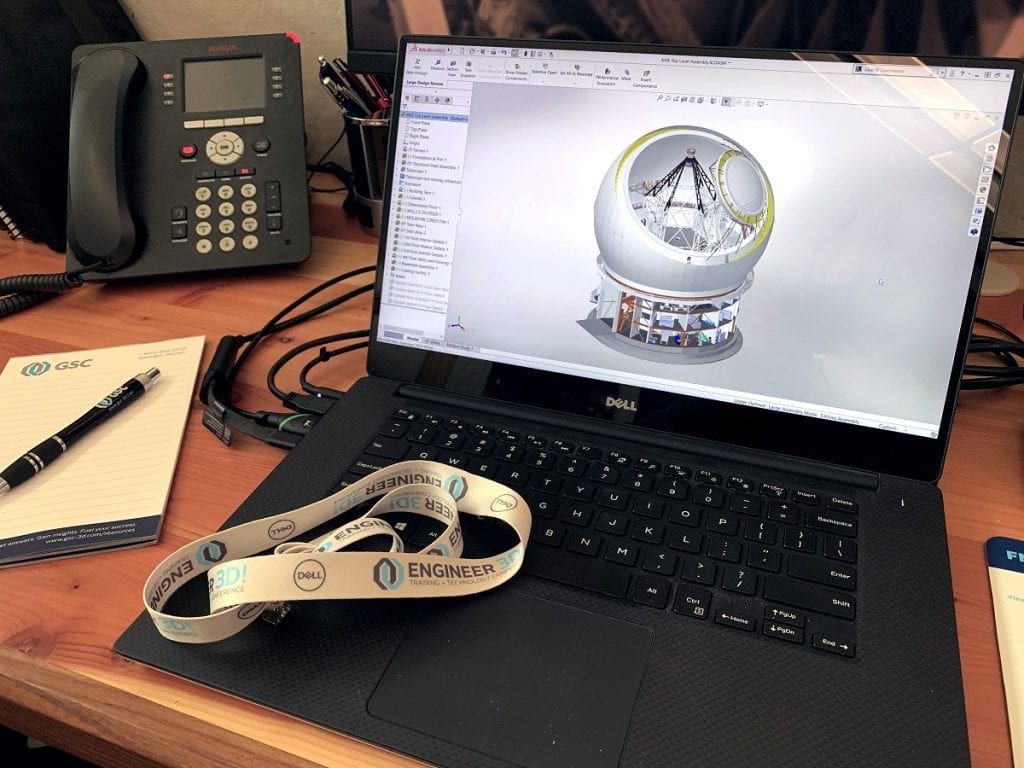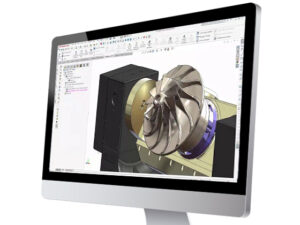As a SOLIDWORKS user since the beginning, I’ve always been interested in the interplay between the software and hardware as technology advances. It’s kind of like the “chicken and egg” scenario being repeated over and over again, and generally speaking, it’s the new hardware that comes out first, with developers then enhancing their software to take advantage of it.

Graphics Performance, Accelerated
Nowhere is this more apparent than in SOLIDWORKS 2019, where the New Graphics Pipeline takes advantage of modern graphics hardware like never before. When it comes to working with large models – and we’re talking about graphics triangles here, so these can be huge assemblies or giant parts with lots of faces – SOLIDWORKS 2019 is a quantum leap forward in graphics performance. Zoom, pan, and rotate are all super-fast when working with 3D models.
Editing Capabilities Expanded
Another major enhancement in SOLIDWORKS 2019 specific to large assemblies is the ability to edit your assemblies while in Large Design Review (LDR) mode. LDR has let you open big assemblies lightning-fast for a few years now, but the new ability to add components, mate them up, change their configurations and delete them is a game-changer.
Like you, I don’t get a new computer every year; I keep my laptop for an average of 3-4 years before passing it on. My laptop is not a monster by any means, and is a generation old, but it is properly configured for SOLIDWORKS:
Dell Precision Mobile 5520
- CPU: Intel Xeon E3-1505M v6 (3.0 GHz, 4 cores)
- Graphics: NVIDIA M1200
- RAM: 32GB
- Disk: 512GB PCIe M.2 “Class 40” SSD
See For Yourself
With this setup, I could handle assemblies of several hundred parts without problem in SOLIDWORKS 2018, although with complex models, things start slowing down graphics-wise unless I let SW drop the “Level Of Detail” significantly. For SOLIDWORKS 2019, I thought I’d see for myself how much better the performance is, so I loaded up the Canada-France-Hawaii Telescope Corporation’s new Maunakea Spectroscopic Explorer concept model. This model has 4,782 parts, 22,000 graphics bodies and 26 million graphics triangles, so I thought it would be a good test for my thin-and-light, relatively inexpensive laptop.
How did the testing go? I made a video to show you, so you can see the results I recorded for yourself.
Share
Meet the Author

